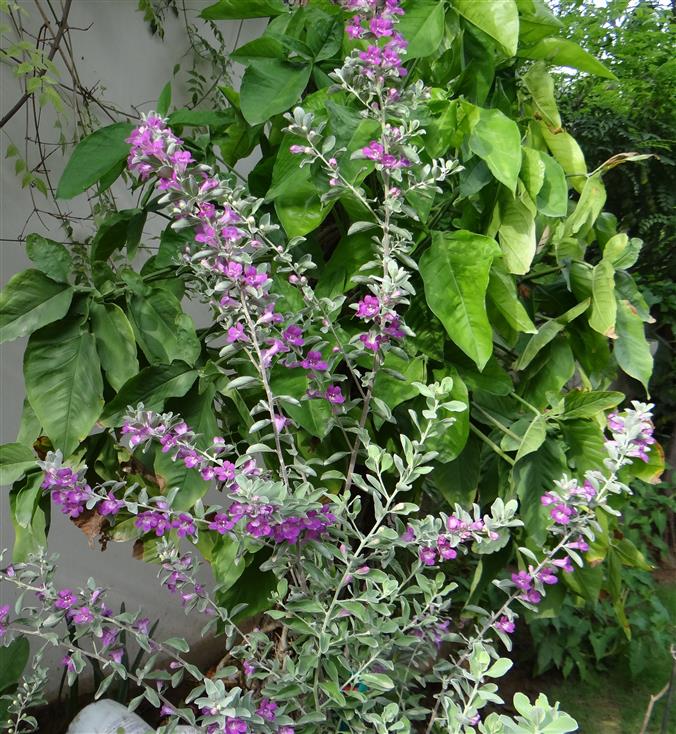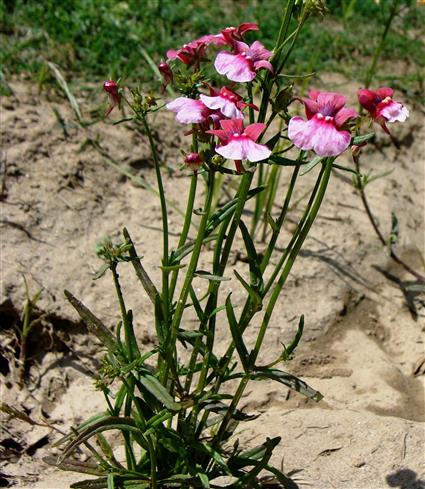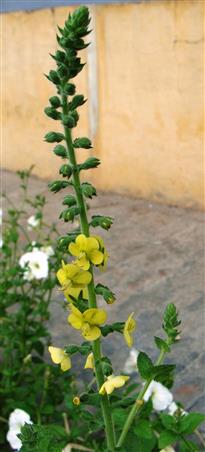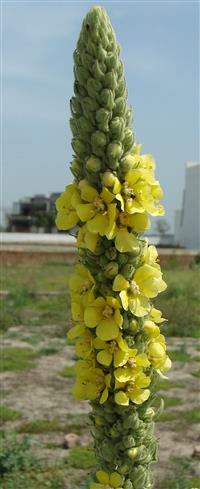SCROPHULARIACEAE (SENSU LATO)
Annuals or perennials; herbs, sometimes shrubs, climbers and rarely trees; mostly autotrophic, few hemiparasitic or parasitic. Leaves exstipulate, alternate, opposite or whorled or basally opposite and apically alternate, simple or sometimes dissected; in parasitic forms leaves reduced and achlorophyllous. Inflorescence racemes, spikes or thyrsoid panicles, determinate or indeterminate, sometimes flowers solitary. Flowers usually bracteate and bracteolate, zygomorphic, rarely actinomorphic, bisexual, hypogynous, typically pentamerous but with various modifications by fusion and suppression. Sepals 5, rarely 2-4, connate; calyx persistent. Petals 4-5, connate, corolla irregular or regular, bilabiate and personate, rotate, campanulate or glove-shaped, sometimes spurred. Stamens usually 4 (less often 2 or 5), epipetalous, alternating with petals, didynamous; anthers monothecous or bithecous, thecae equal or subequal, free or coherent, dehiscence longitudinal. Carpels 2, syncarpous; ovary superior, bilocular, ovules numerous per loculus, placentation axile; style simple; stigma capitate, 2-lobed. Nectary often present at the base of ovary, annular, cupulate or reduced to a gland. Fruit a capsule, septicidal, loculicidal or septifragal, sometimes opening by pores or irregularly dehiscent, rarely a berry. Seeds numerous, minute, a few large, sometimes winged.
About 275 genera and 5000 species
Scrophulariaceae (s.l.) is segregated into a number of different families. A few of these are:
- Scrophulariaceae (sensu stricto)
- Plantaginaceae
- Linderniaceae
- Mazaceae
- Phrymaceae
- Leucophyllum frutescens
Nemesia strumosa
Verbascum coromandelianum
Verbascum Thapsus
- Antirrhinum majus
Misopates orontium
Russelia equisetiformis
Veronica anagallis-aquatica
Veronica persica
- Torenia
- Majus
- Mimulus



